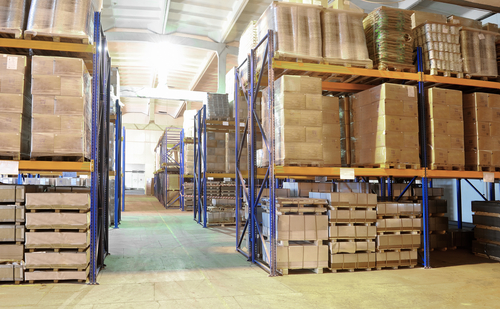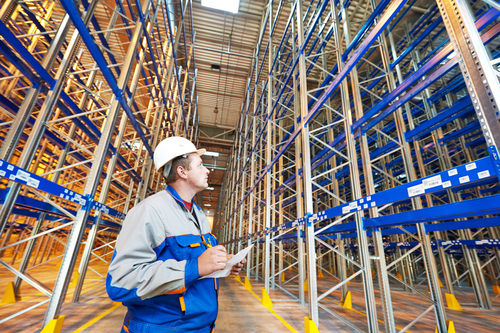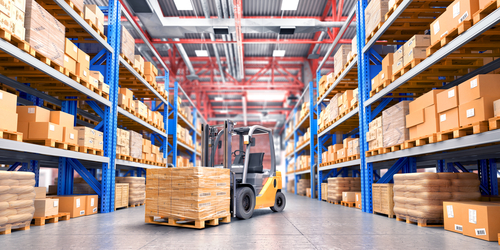Stack racks are an essential item for any storage or warehouse facility. While you may not give your racks much thought on a day-to-day basis, maintaining your racks is an important part of warehouse management. If neglected, your racks could easily decay, break down or simply fall apart over time. This could lead to damaged merchandise or materials, employee injuries or even a fatal accident. Not to mention you’ll need to buy new stacks, which can hurt your company’s bottom line. Use these maintenance tips to make sure your stack racks stay as good as new.
1. Keep a Record of All Your Racks and Assets
You can’t maintain your racks if you don’t where they are, when they were last inspected or what they’re being used for. Start by making a list of all your rack systems and the assets stored there. Create a map of your facility to help you and your employees find different stackable crates and racks, especially if you manage hundreds of different racks. Describe the items stored on each shelf, their approximate weight, when the rack was last inspected and if any issues were detected.
2. Designate Certain Racks for Certain Items
The more you regulate your stack racks, the less room there will be for unintentional errors and damage. Designate certain shelves for specific items, so your stack racks will be used in much the same way every time. If you accidentally place too much weight on certain racks or place dissimilar items on the same shelf, it could damage the shelf or the rest of the rack. Try to limit heavier items, hazardous materials or items that contain fluids to certain shelves, so you can pay closer attention to these assets and make sure your stack racks are still in good condition and up to the task at hand.
3. Store the Heaviest Items on the Bottom Rack
Organize your stack racks by weight so the heaviest items always go on the bottom. Putting too much weight on the upper shelves could cause the entire rack to collapse, which could injure one of your employees. You should always place the lightest items on top to reduce the chance of the rack falling over. Keep heavy items well-stocked on the bottom shelves so the rack doesn’t get too top-heavy. If you run out of these heavier items, consider weighing down your racks with weights or moving items on the upper shelves to the lower shelves.
4. Monitor the Layout of Your Facility
Monitoring the layout of your facility will help you prevent unforeseen accidents that can damage your stack racks and other storage containers. Analyze how your employees tend to move throughout the space and rearrange the space accordingly to make sure your racks aren’t in the way. If your employees regularly bump or run into your racks, you might need to rethink the layout of your facility.
5. Regularly Inspect Your Racks
Maintaining your stack racks means regularly inspecting your racks for damage and other potential problems. Set aside some time to closely examine your racks. Try to keep your racks as clean and as dry as possible. Examine all parts of the rack, including columns, base plates, individual shelves, row spacers, structural frame ties, column connectors, locking mechanisms and accessories. Be on the lookout for breaks, splinters, rust and other signs of decay. Repair or replace your racks before these issues become more serious.
6. Make Sure Your Racks Are Level
You also need to make sure your stack racks are level. If your shelves or stands are bent or warped in any way, this could be a sign of more serious issues and may indicate a decline in the structural integrity of your racks.
7. Keep Your Facility Organized
Accidents, traffic jams and other mishaps are bound to happen from time to time in your warehouse or storage facility. But you can prevent these kinds of incidents from happening by keeping your facility organized. Keep aisles and pathways clear so your employees can move throughout the space and find what they need without knocking into your stack racks or damaging your merchandise. Make sure your facility is well lit so your employees can see where they’re going and navigate through the space safely.
Just like other storage equipment, stack racks can easily develop all kinds of problems. Be proactive when maintaining and using stack racks and resolve potential issues before they turn into major headaches for your business.


